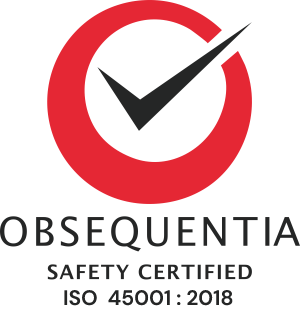Our commitment to waste reduction starts with the sourcing of our materials. We recycle the discarded hides and skins from the meat industry, preventing them from ending up in landfill.
The fat removed from the hides is used to create, bio-diesel, beauty products, the collagen goes to pharmaceutical companies and trimmings for pet treats.
The hair removed from cattle hides is rich in nitrogen and phosphorus and is used as an ingredient in either composting or fertilizer pellets for general garden applications.
In our brinecuring facilities, we use evaporation pans to reduce the brine solution to a salt crust, which we reuse in the curing process.
Our tanning process water is discharged and collected into an onsite waste water treatment plant. With careful treatment this discarded process water is reused as irrigation effluent onto our farmland. Growing a variety of cereal crops each season, we manage to produce above-average district yields year after year.








